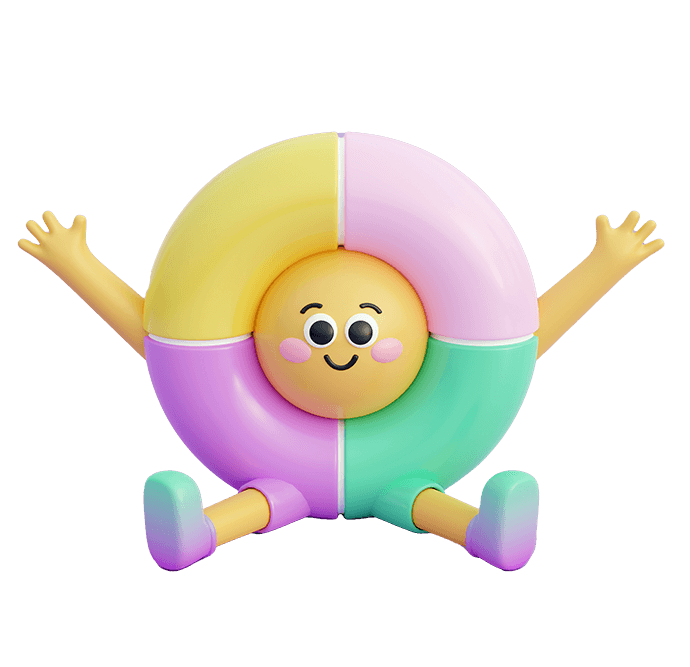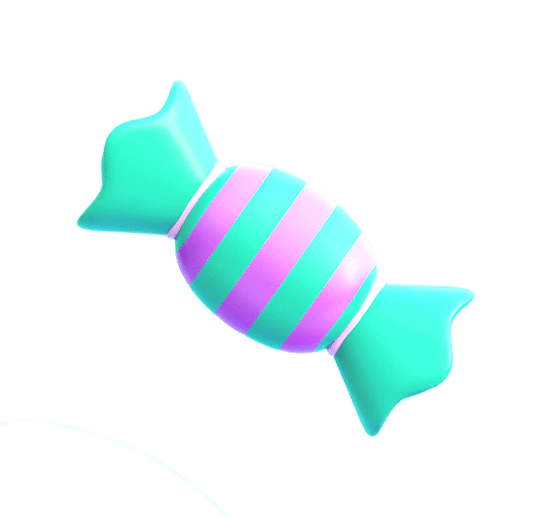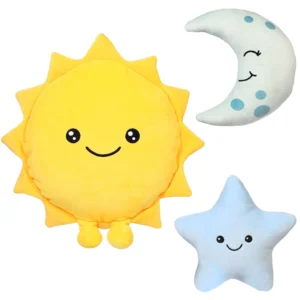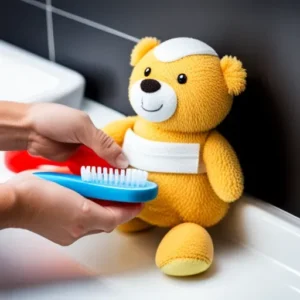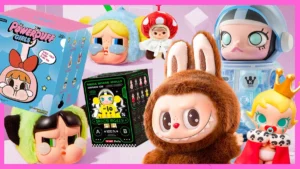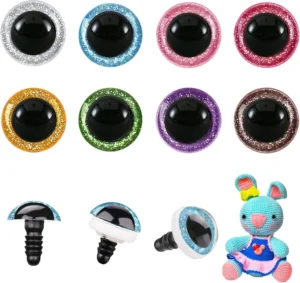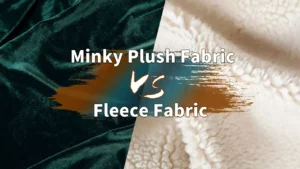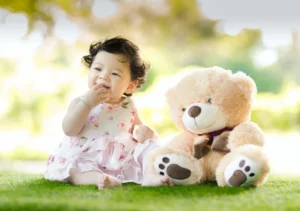Dogs and stuffed animals share a surprising bond that goes beyond simple play. These soft toys meet deep emotional and sensory needs, making them favorites among many dogs.
Stuffed animals fulfill dogs’ psychological needs for comfort, security, and companionship. Their texture and scent stimulate senses, encouraging attachment and reducing anxiety. Safe, durable materials are essential to withstand chewing while supporting mental engagement. Age and breed also shape how dogs interact with plush toys.
Let’s explore why dogs love stuffed animals, from emotional needs to practical design.
1.What psychological needs do stuffed animals fulfill for dogs?
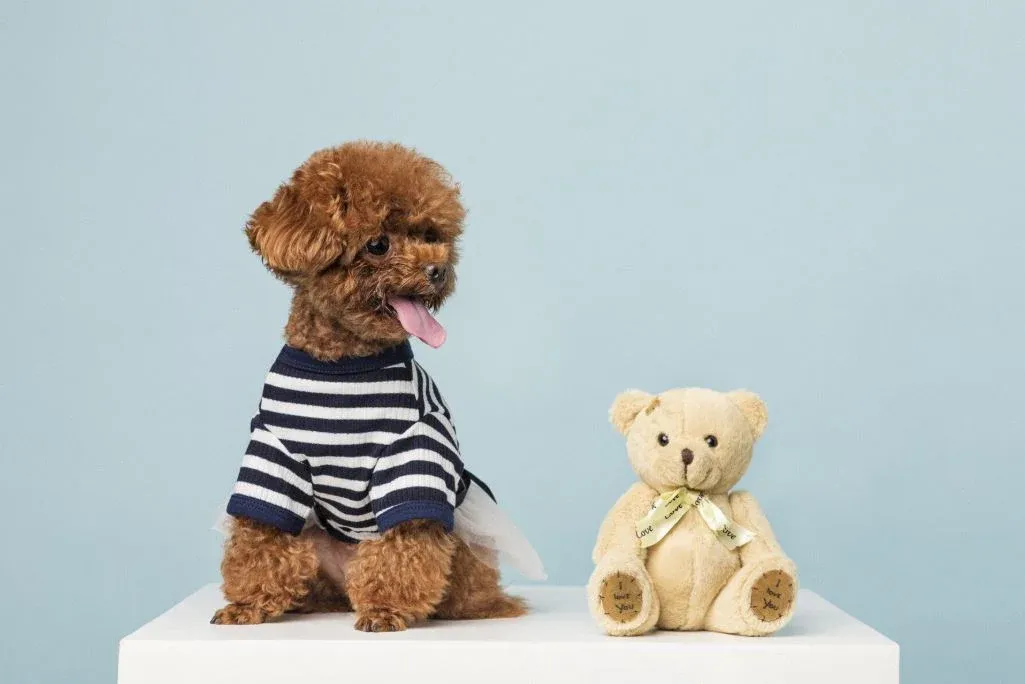
Stuffed animals often act as comfort objects for dogs, fulfilling their need for security and companionship. Dogs can feel less lonely and stressed when they have a plush toy to snuggle or carry around.
Plush toys satisfy dogs’ emotional needs by offering comfort, reducing loneliness, and mimicking companionship, especially when owners are absent or during stressful times.
Many dogs develop strong attachments to stuffed animals because these toys meet psychological needs similar to those humans experience with comfort objects. When a dog carries or sleeps with a plush toy, it can feel a sense of security, much like a child with a favorite blanket. This helps reduce stress during separation from their owners or in unfamiliar environments.
Dogs are social animals. In the absence of their pack, a stuffed animal can act as a surrogate companion, easing feelings of loneliness. This is especially true for dogs left alone at home for extended periods.
Moreover, plush toys can provide a safe outlet for natural behaviors like chewing and carrying. By focusing these instincts on soft toys, dogs channel energy productively, which supports emotional balance.
| Psychological Need | How Stuffed Animals Help | Example Behavior |
|---|---|---|
| Comfort & Security | Provide a safe, familiar object to reduce stress | Carrying, cuddling plush toys |
| Companionship | Mimic social presence, reduce loneliness | Following plush toys, guarding |
| Chewing Instinct | Offer appropriate outlet for natural chewing | Chewing plush instead of furniture |
| Stress Relief | Help calm anxiety during separation or changes | Licking or resting on plush toys |
Understanding these needs helps manufacturers design plush toys that better serve dogs emotionally. For brands like Kinwin, offering toys that foster comfort builds customer trust and satisfaction.
2.How do texture and scent influence a dog’s preference for plush toys?
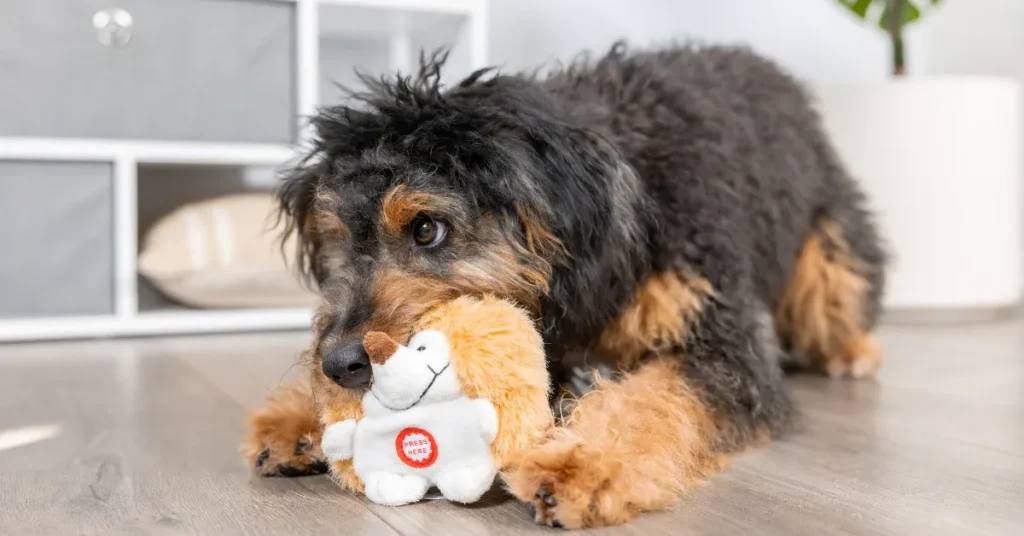
Dogs respond strongly to touch and smell. Soft textures and familiar scents make stuffed animals more appealing and comforting to them.
Dogs prefer plush toys with soft, durable textures and scents that remind them of their owners or familiar environments, enhancing attachment and play interest.
The texture of a stuffed animal influences a dog’s willingness to interact with it. Soft fabrics like fleece or plush imitate the feel of fur, inviting dogs to cuddle or chew gently. However, the fabric must be durable enough to resist tearing while remaining gentle on teeth and gums.
Scent is a powerful factor in dog behavior. Plush toys can carry the scent of their owners or the dog’s own smell, which encourages familiarity and bonding. Some pet owners deliberately spray toys with calming scents or their own perfume to comfort anxious dogs.
Manufacturers can enhance toys by using non-toxic materials that hold scent well and feel comforting. Avoiding harsh synthetic fabrics prevents irritation and rejection.
| Factor | Influence on Dogs | Manufacturing Considerations |
|---|---|---|
| Texture | Soft, plush fabrics encourage cuddling | Use durable, pet-safe plush materials |
| Scent | Familiar or owner scent increases attachment | Materials that absorb and retain scent |
| Durability | Must resist chewing without tearing easily | Reinforced stitching and fabrics |
These sensory aspects significantly shape dogs’ toy preferences, guiding brands to innovate with texture and scent-focused designs.
3.Which behaviors indicate attachment or comfort derived from stuffed animals?
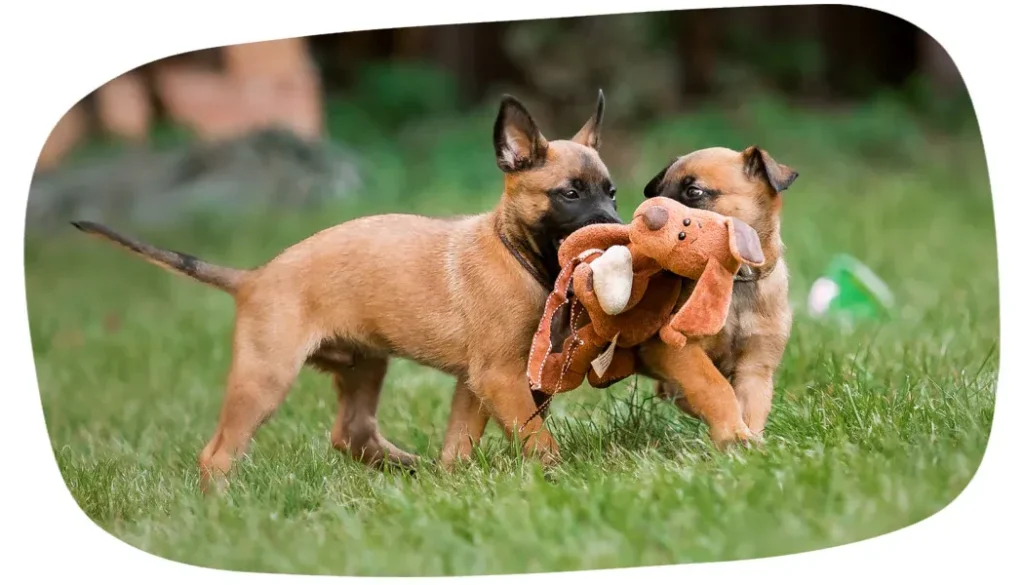
Dogs show attachment to plush toys through behaviors like carrying, cuddling, or guarding their toys, signaling emotional connection and comfort.
Attachment is seen when dogs carry, sleep with, or protect their stuffed animals, showing the toys provide emotional support and security.
Recognizing signs of attachment helps owners and manufacturers understand a toy’s emotional value to a dog. Common behaviors include:
- Carrying the plush toy everywhere, much like a security blanket.
- Sleeping or resting with the toy nearby, showing comfort association.
- Guarding the toy from other pets or people, indicating value and possessiveness.
- Licking or nuzzling the toy, which can mimic maternal or social behaviors.
These behaviors are signs the toy fulfills more than play needs; it supports mental well-being and emotional stability.
| Behavior | What It Indicates | Owner/Manufacturer Action |
|---|---|---|
| Carrying | Security and comfort | Provide appropriately sized toys |
| Sleeping nearby | Emotional attachment | Ensure safe, washable materials |
| Guarding | Possessiveness and value | Design durable, high-quality toys |
| Licking/Nuzzling | Social or maternal comfort | Use soft, non-toxic fabrics |
By observing such behaviors, brands can tailor products to increase emotional resonance and durability.
4.How can stuffed animals support a dog’s mental stimulation and anxiety relief?
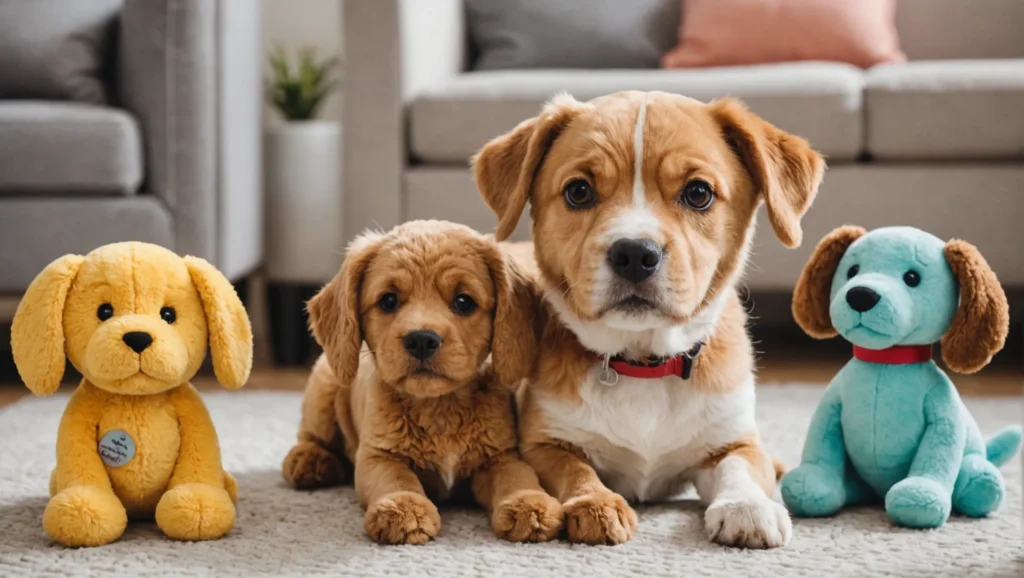
Stuffed animals engage dogs mentally by encouraging play and provide a calming focus to reduce anxiety during stressful situations.
Plush toys stimulate dogs’ minds through interactive play and offer a comforting focus to relieve anxiety and promote emotional balance.
Mental stimulation is vital for a dog’s health. Stuffed animals offer various ways to engage:
- Encouraging problem-solving when combined with treats inside (interactive plush toys).
- Providing comfort during anxiety-provoking moments like thunderstorms or travel.
- Acting as a focus for repetitive soothing behaviors, reducing destructive tendencies.
Many dogs develop a routine around their plush toys, which helps regulate emotions. For anxious dogs, having a familiar plush toy can reduce cortisol levels, improving mood and behavior.
| Mental Benefit | How Plush Toys Help | Design Ideas |
|---|---|---|
| Play & Problem Solving | Interactive toys with treats inside | Add hidden pockets or squeakers |
| Anxiety Relief | Calming presence during stress | Use soothing textures and scents |
| Behavioral Outlet | Reduces destructive chewing | Durable construction |
Integrating mental and emotional benefits into plush toy design enhances their value to both dogs and buyers.
5.What materials and designs are safest and most durable for dog plush toys?

Safe, durable materials like non-toxic fabrics and reinforced stitching ensure toys withstand chewing while protecting dogs’ health.
Durable, non-toxic fabrics with strong stitching make the safest and longest-lasting plush toys, suitable for active chewers and sensitive dogs.
Selecting materials is critical in dog plush toy manufacturing. The goal is to balance softness with toughness:
- Use polyester plush or microfiber fabrics that resist tearing but remain soft.
- Avoid toxic dyes or chemicals; compliance with safety standards like ASTM is essential.
- Reinforce seams with double stitching to prevent stuffing leakage, which can be hazardous.
- Incorporate chew-resistant linings or layered fabric to extend toy life.
Designs should avoid small parts that can detach and cause choking. Toys shaped for easy carrying, with minimal accessories, work best.
| Material | Safety & Durability Features | Kinwin’s Approach |
|---|---|---|
| Polyester plush | Soft, durable, hypoallergenic | Strict quality control on fabrics |
| Reinforced seams | Prevent stuffing leakage | Double or triple stitching |
| Non-toxic dyes | Safe for dogs | Use certified eco-friendly dyes |
| Simple design | Minimizes choking hazards | Avoid buttons or plastic eyes |
These considerations build trust with buyers like Jessica Williams, who prioritize safety and durability.
6.How do age and breed affect a dog’s interaction with stuffed animals?
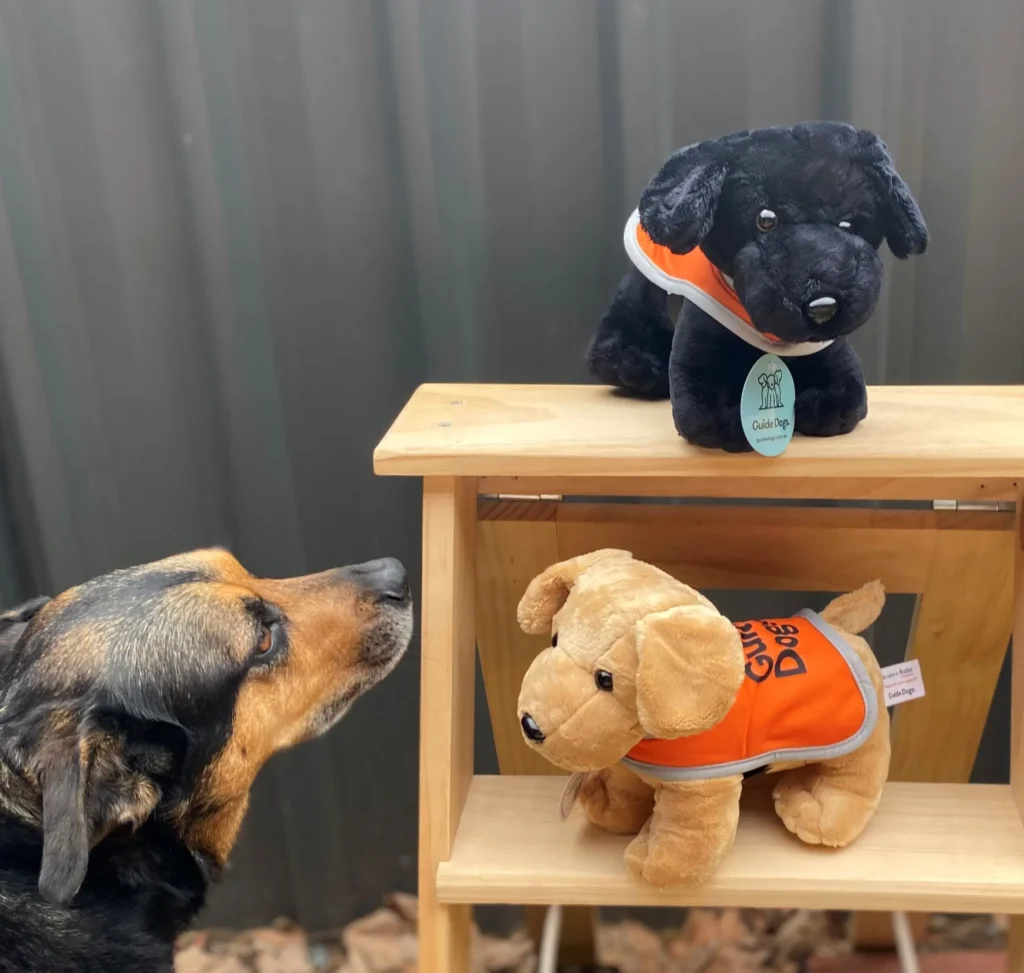
A dog’s age and breed influence how it plays with plush toys, affecting size preference, durability needs, and interaction style.
Puppies and small breeds prefer soft, cuddly toys; larger or older dogs need durable, larger plush toys to match their strength and play habits.
Younger dogs, especially puppies, often use plush toys for teething relief and comfort. They prefer softer, smaller toys that fit their mouths and provide gentle chewing.
Small breeds tend to favor lightweight, easily carried plush toys for cuddling or fetch games. Their lower chewing strength means toys can be less reinforced.
In contrast, larger breeds require more robust toys made from heavy-duty materials. Their stronger jaws and vigorous play demand durable construction to prevent quick destruction.
Older dogs may interact more gently, using plush toys for comfort rather than intense chewing or active play.
| Dog Type | Plush Toy Needs | Design Recommendations |
|---|---|---|
| Puppies | Soft, chew-friendly, soothing | Small, soft textures |
| Small breeds | Lightweight, cuddly | Medium size, soft fabrics |
| Large breeds | Durable, tear-resistant | Reinforced stitching, tough fabrics |
| Senior dogs | Comfort-focused, gentle textures | Plush with calming scents |
Understanding these factors helps suppliers like Kinwin offer tailored plush toys that meet diverse customer needs globally.
Conclusion
Stuffed animals play a vital role in dogs’ emotional and mental health, shaped by design, materials, and dog characteristics.
If you want more insights or custom plush toy solutions, please contact Amanda at [[email protected]] or visit [https://plushtoyinchina.com].

